Showing 1 to 15 of 2075 results
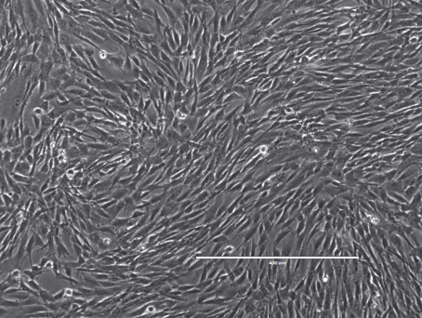
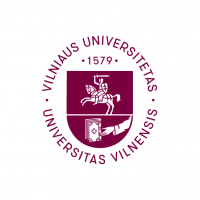
Human stem cells of perinatal and endometrium origin
Knowhow and Research output Vilnius University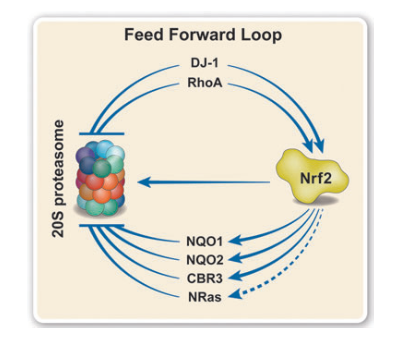

Inhibitory Proteins for 20S Proteasome Regulation as Cancer Treatment
Patents for licensing Yeda
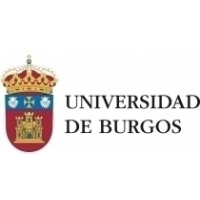
Speciment for characterization tests under direct tension of concrete and other materials
Patents for licensing UNIVERSIDAD DE BURGOS![System and method of acquisition of samples at different depths for automatic and real-time monitoring of water quality in an aqua[…]](https://static0.innoget.com/uploads//f03ee73da62011e2536d69f683f59bbee67bd094.png)

System and method of acquisition of samples at different depths for automatic and real-time monitoring of water quality in an aqua[…]
Patents for licensing CINBIO

Hybrid solar panel with high energy efficiency
Patents for licensing UNIVERSIDAD DE BURGOS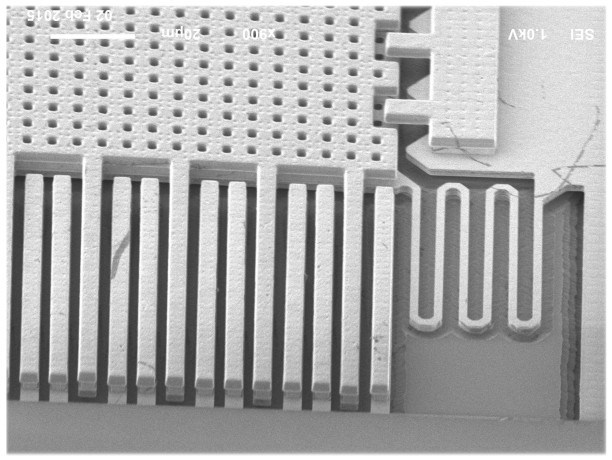

High-performance CMOS-MEMS manufacturing technology
Patents for licensing Universitat Politècnica de Catalunya - UPC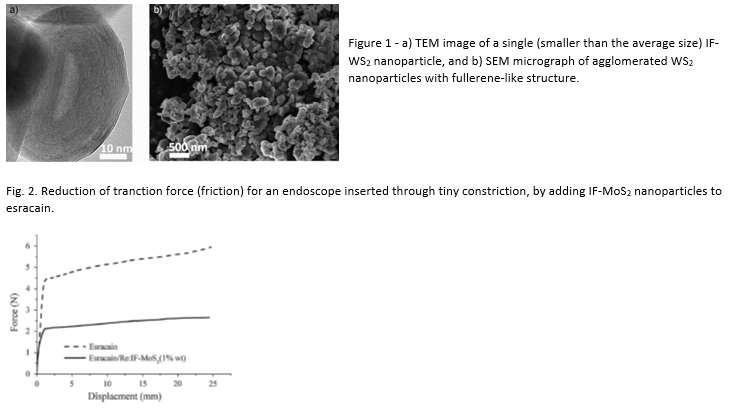

Inorganic Fullerene Coating For Medical Devices
Patents for licensing Yeda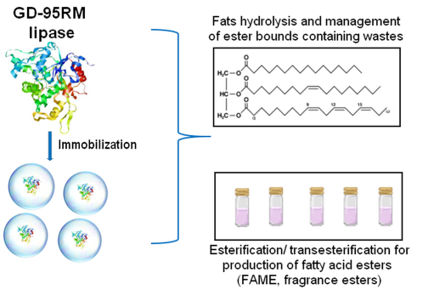

New engineered Geobacillus lipase GD-95RM for Indrustry
Innovative Products and Technologies Vilnius University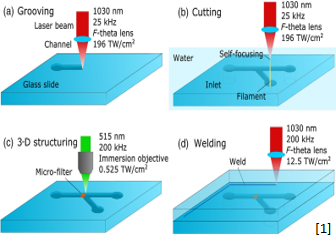

Combination of additive and subtractive laser 3D microprocessing for lab-on-chip and chemical sensing applications
Knowhow and Research output Vilnius University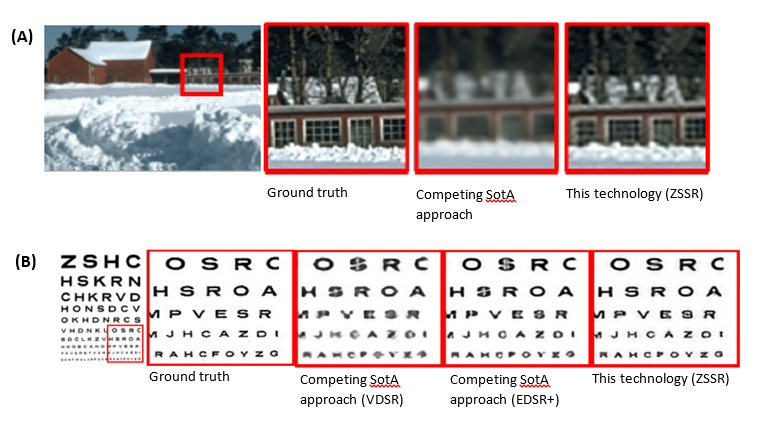

Super resolution from a single visual source
Patents for licensing Yeda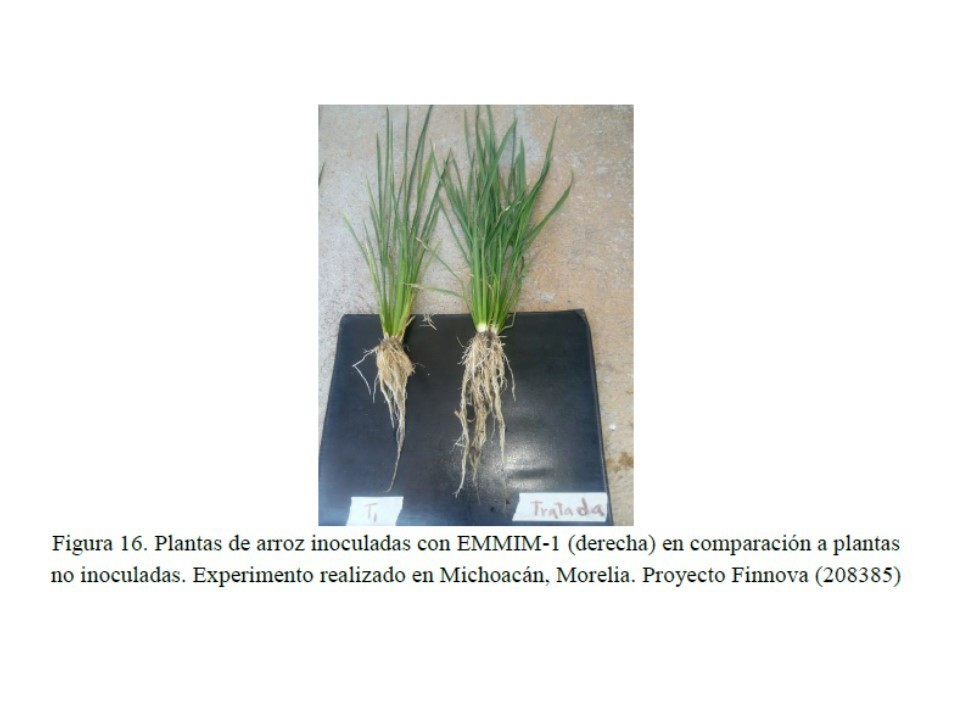
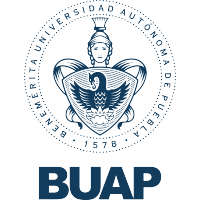
BACTERIAL FORMULATION FOR PLANT GROWTH.
Patents for licensing Benemérita Universidad Autónoma de Puebla

Technology for leachated treament coming from landfill
Innovative Products and Technologies Biogas & Gases Technologies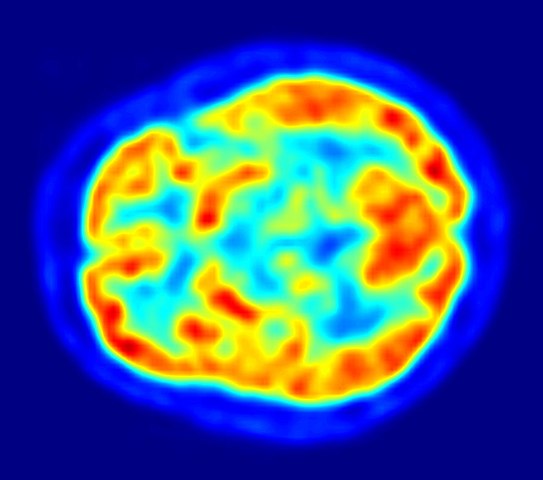

Treatment of L-DOPA-induced Dyskinesia in Parkinson’s Disease
Innovative Products and Technologies Binghamton University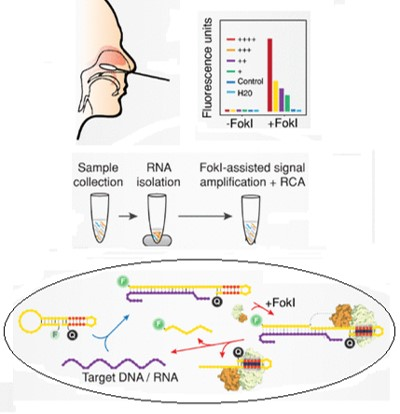
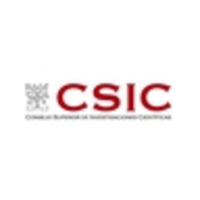
Enhanced detection of ssRNA viruses by FokI-assisted digestion
Patents for licensing CSIC - Consejo Superior de Investigaciones Científicas

